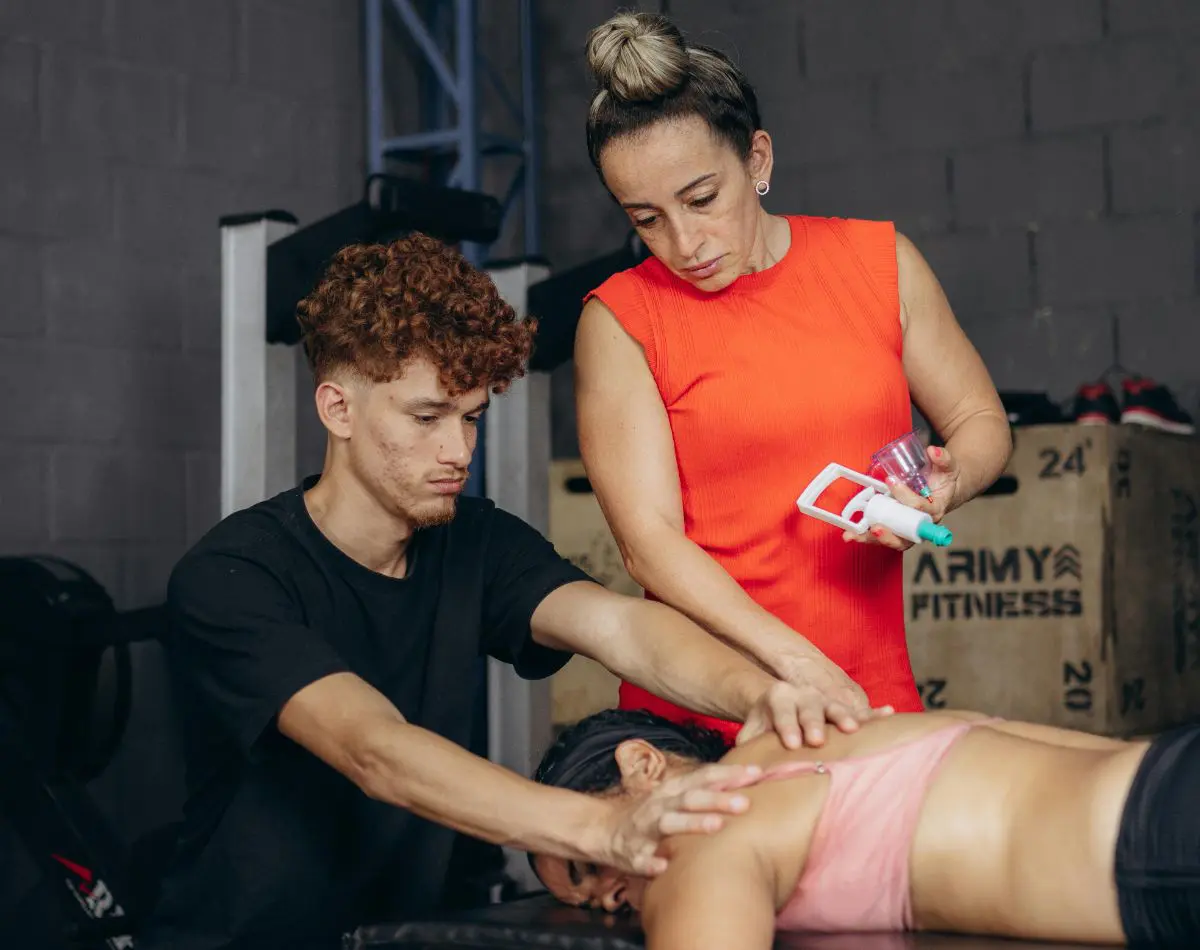
Personalized Physiotherapy Exercise Plans: Why One Size Doesn’t Fit All
Physiotherapy has come a long way from the days of generic exercise routines and standardized treatments. Today, personalized physiotherapy plans are the gold standard. Why? Because no two bodies are exactly the same, and recovery is never one-size-fits-all. Whether you’re recovering from surgery, managing chronic pain, or looking to improve mobility, a tailored exercise plan can make all the difference.
In this blog, we’ll explore why personalized physiotherapy exercise plans matter, how they’re created, and the benefits of an individualized approach.
Understanding the Role of Physiotherapy in Recovery
Physiotherapy helps patients regain strength, mobility, and function after injury, surgery, or illness. It also plays a key role in managing chronic conditions like arthritis, sciatica, and postural problems.
However, the effectiveness of physiotherapy depends heavily on the exercises prescribed. What works for one person might not work for another. That’s where personalized plans come in—they target your specific condition, body type, goals, and limitations.
Why Generic Exercise Plans Fall Short
Generic plans often take a “checklist” approach—one plan for knee pain, one for back pain, and so on. While they may provide temporary relief, they rarely address the root cause of the problem. They may even lead to new issues if the exercises are too intense or performed incorrectly.
Here are a few reasons why generic plans are limited:
- They ignore your medical history
A person with osteoarthritis will need a very different plan from someone recovering from a sports injury. - They don’t adapt to your progress
Recovery is a dynamic process. A static plan can’t adjust as your body heals or improves. - They risk aggravating the condition
Exercises not suited to your condition can increase pain, inflammation, or cause new injuries.
What Makes a Physiotherapy Plan “Personalized”?
A personalized physiotherapy exercise plan is crafted based on a detailed assessment by a licensed physiotherapist. This assessment considers several factors:
- Your diagnosis and symptoms
- Your lifestyle and activity level
- Medical history and previous treatments
- Pain threshold and physical limitations
- Recovery goals (short- and long-term)
After the assessment, the physiotherapist creates a custom plan that includes:
- A selection of targeted exercises
- Frequency and intensity of sessions
- Guidance on posture, form, and breathing
- Progress tracking and regular adjustments
This tailored approach ensures you’re not just moving—but moving with purpose.
Benefits of a Personalized Physiotherapy Plan
1. Faster Recovery
Targeted exercises help activate the right muscles and improve healing in a shorter time. When your body receives exactly what it needs, it responds more efficiently.
2. Reduced Risk of Re-injury
Generic routines can sometimes stress already weakened areas. A personalized plan strengthens muscles at the right pace, preventing setbacks.
3. Better Pain Management
When exercises are adjusted to your comfort and condition, they help reduce pain, not trigger it. A physiotherapist can also include techniques like manual therapy or dry needling to support recovery.
4. Higher Motivation and Adherence
A plan that matches your goals and fits your lifestyle is easier to stick to. It also feels more rewarding when you see real progress.
5. Long-Term Results
Instead of just treating symptoms, a personalized plan helps fix the root cause. You build strength, flexibility, and body awareness that prevent future issues.
Examples of Personalization in Action
Here are a few real-world scenarios where customized plans make a big impact:
- Post-surgical rehab
A person recovering from knee surgery will need a different approach than someone who had shoulder surgery. The timeline, range of motion, and load tolerance vary significantly. - Chronic pain management
Someone with fibromyalgia will need gentle, low-impact movements and gradual progression. Intensity must be managed carefully to avoid flare-ups. - Sports injuries
An athlete recovering from an ankle sprain needs a plan that not only heals the injury but restores performance level—agility drills, balance training, and sport-specific movements.
How to Get a Personalized Physiotherapy Plan
If you’re ready to start physiotherapy, here’s how to ensure you get a tailored plan:
1. Choose the Right Clinic
Look for a clinic that emphasizes customized care over volume. At Active Change Clinic in Vaughan, our physiotherapists spend time getting to know your condition, goals, and concerns.
2. Expect a Full Assessment
Your first visit should include a thorough physical and functional assessment, including questions about your lifestyle, daily movements, and limitations.
3. Regular Progress Check-ins
A good plan evolves. Your physiotherapist should adjust your plan based on your recovery and feedback. Progress should be measured, not assumed.
4. Ask Questions
Make sure you understand why each exercise is in your plan. This builds trust and improves your results.
Supporting Your Plan Outside the Clinic
Personalized physiotherapy exercise is more than what happens at the clinic. Your therapist may also provide:
- At-home exercises with video guides
- Lifestyle advice like ergonomics and posture tips
- Nutrition tips to support healing
- Mindfulness or relaxation techniques to ease stress-related pain
All of this contributes to a more complete, holistic recovery experience.
Conclusion
A “one-size-fits-all” approach doesn’t belong in modern physiotherapy. Personalized exercise plans are safer, smarter, and more effective. They help you recover faster, reduce pain, and improve your long-term well-being.
At Active Change in Vaughan, we believe that healing begins with understanding. That’s why every physiotherapy journey starts with you—your story, your goals, and your body’s unique needs.
Ready to feel better and move freely again?
Book your physiotherapy session with us today and experience the difference customized care makes.






